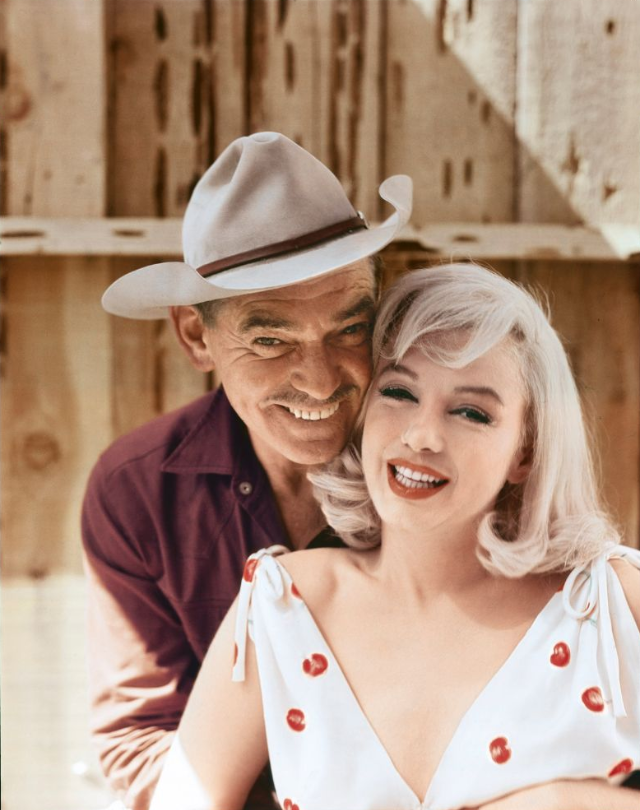A Cover of Other People – The Story of a Moment of Humanity at Bergen-Belsen, 1945
Bergen-Belsen . This name still sends shivers down the spine of anyone familiar with 20th-century history. It was a concentration camp where thousands of people—women, men, and children—were condemned to a slow death, victims of hunger, disease, and unimaginable suffering. In April 1945, when British and American soldiers entered this place of death, they saw images they could never erase from their memories.
They saw bodies piled up, people so emaciated they looked like shadows, skeletons wrapped in skin. They saw prisoners who no longer had the strength to raise their hands or open their mouths to ask for water. It was the silence of the end of the world. And yet, in that silence, something happened that has gone down in history not as an act of war, but as an act of pure humanity .
A soldier, seeing a dying man, removed the blanket from his shoulders and gently covered him. This seemingly simple gesture became a symbol of restored dignity. Soon, other soldiers repeated the gesture. Dozens of blankets were spread out, each one like a final embrace, a confirmation that the victims of the Holocaust were still human.
To understand the significance of this moment, we must return to the reality of the Bergen-Belsen concentration camp in the final months of World War II. Originally built as a prisoner-of-war camp, it was quickly transformed into a concentration camp, housing Jews, Roma, political prisoners, women, and children from across occupied Europe.
Les conditions de vie étaient inhumaines. Pas de nourriture, pas de médicaments, pas d’eau potable. Au printemps 1945, une épidémie de typhus et de dysenterie ravagea le camp, faisant des dizaines de milliers de victimes. La mort était omniprésente : sur les couchettes, dans la boue des routes du camp et près des barbelés.
Lorsque les Britanniques entrèrent à Bergen-Belsen le 15 avril 1945, ils découvrirent quelque 60 000 prisonniers, la plupart dans un état critique. Pour les soldats ayant déjà combattu sur les lignes de front en Europe, le spectacle était plus terrifiant que la guerre elle-même. « Je n’ai jamais rien vu de tel », écrivit un libérateur.
Dans le contexte de cet enfer inimaginable, l’histoire d’une simple couverture revêt une signification extraordinaire. Le soldat qui couvrait le prisonnier émacié ne combattait plus avec un fusil. Son arme était un geste de miséricorde .
Les autres soldats observèrent en silence, puis recommencèrent. Chacun offrit sa couverture, sa propre chaleur, pour apporter aux mourants un semblant d’attention. « Pendant des années, nous n’avions ni nom, ni chaleur », se souvenait un survivant. « Ce jour-là, nous étions à nouveau enveloppés de dignité. »
Cette phrase, répétée au fil des années, devient une sorte d’épitaphe pour les milliers de morts et pour les quelques survivants.
Dans un monde où les prisonniers étaient traités comme des numéros, où chaque jour était une lutte pour la survie, le geste du soldat était comme un rayon de lumière perçant l’obscurité. Il ne rendait pas la vie à ceux qui mourraient. Il n’effaçait pas les souffrances d’années de camp. Mais il rétablissait un sentiment d’humanité .
En historiographie, on parle souvent de batailles, de politique et de stratégies de guerre. Mais l’histoire de la couverture de Bergen-Belsen est celle de l’une des plus importantes victoires morales de la Seconde Guerre mondiale : une victoire sur la déshumanisation.
De nombreux survivants de Bergen-Belsen ont déclaré ne pas se souvenir du visage des soldats qui les avaient libérés. En revanche, ils se souvenaient de la couverture , de la sensation du tissu qui réchauffait leur corps dans les derniers instants, entre la vie et la mort.
« J’étais si faible que je ne pouvais plus bouger », se souvient Ruth, une survivante. « Je n’avais plus aucun espoir. Et puis quelqu’un s’est penché sur moi et m’a enveloppée dans une couverture. Je me suis dit : je suis encore humaine . »
Today, when we talk about the Holocaust and the concentration camps, we often focus on the numbers: six million Jews, millions more victims of Nazism. But behind every number hides a person: a name, a face, a destiny.
The story of the Bergen-Belsen cover reminds us that even in the face of the greatest tragedy in human history, humanity can stand firm . It is a symbol that should be passed on to younger generations, so that they never forget where hatred and dehumanization lead.
Today, when we search for information about such events, we use search terms such as: photos of Bergen-Belsen, Holocaust, concentration camps, liberation of the camps, World War II, memory of the victims, history of Nazi Germany . Texts and testimonies like this one connect historical facts with the emotions that should accompany their learning.
Today, a memorial and museum stand on the site of the former Bergen-Belsen camp . Thousands of people from all over the world visit the site each year. They lay flowers, light candles, and read the names of the victims. Among these commemorative rituals is the story of the blanket.
For it is in these simple gestures—not in grandiose monuments or treaties—that the true power of history lies. The gesture of the blanket teaches us that even one person, even a wave of the hand, can restore the dignity of thousands of others .
“Someone Else’s Blanket” is more than a metaphor. It’s a true story that took place in April 1945 at Bergen-Belsen. It’s the story of humanity surviving even in the hell of the concentration camps.
Today, when we talk about the Second World War, the Holocaust, and the suffering of millions of victims of Nazism, it is worth remembering that not only death, but also the act of life, is inscribed in history.
Bergen-Belsen teaches us that every generation has a duty to remember. And this remembrance is not limited to the memory of a tragedy: it also reminds us of the power of good that can shine through the darkest moments.









